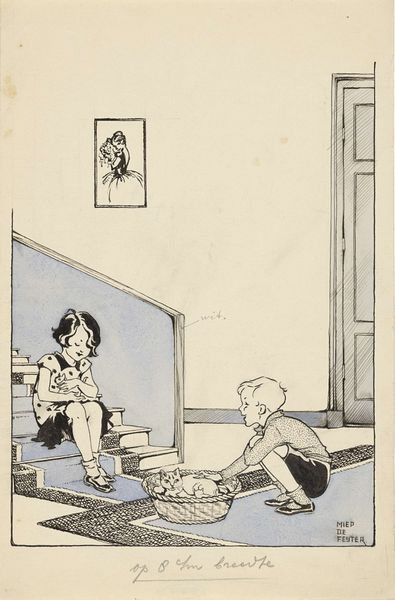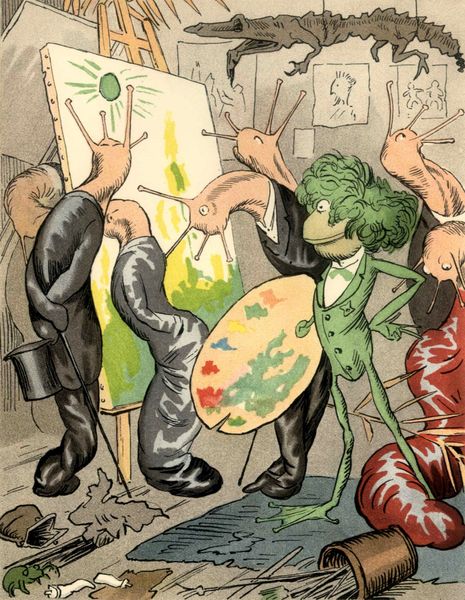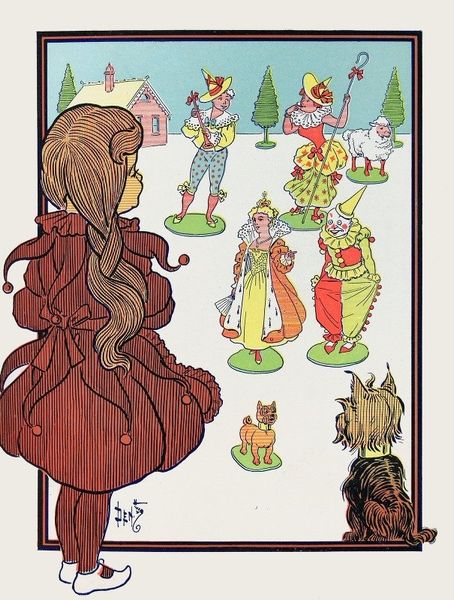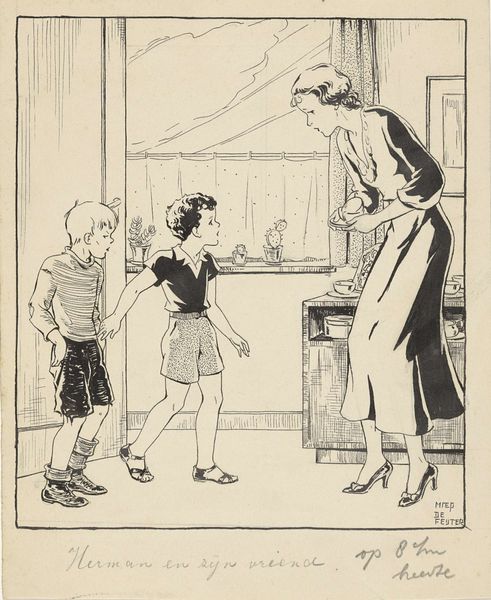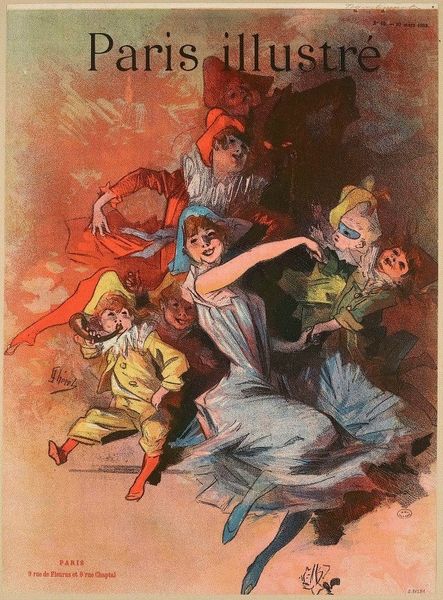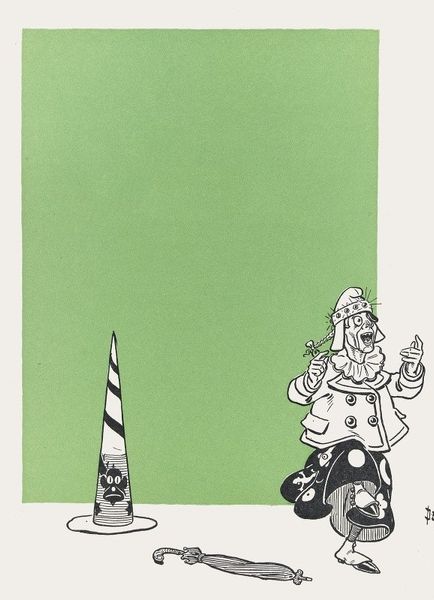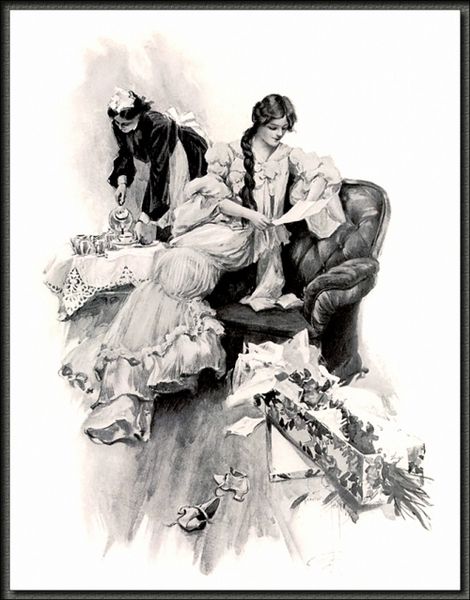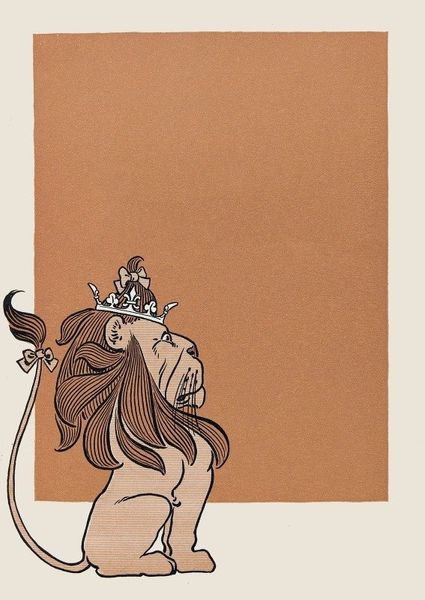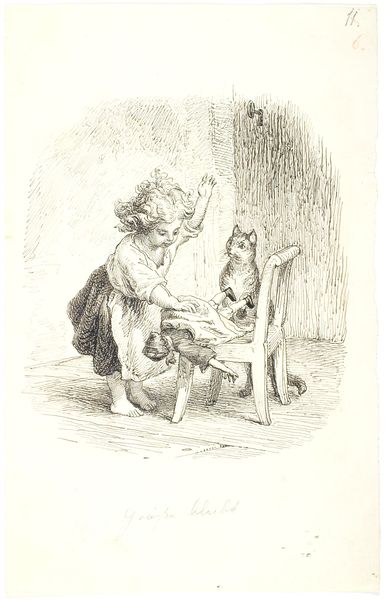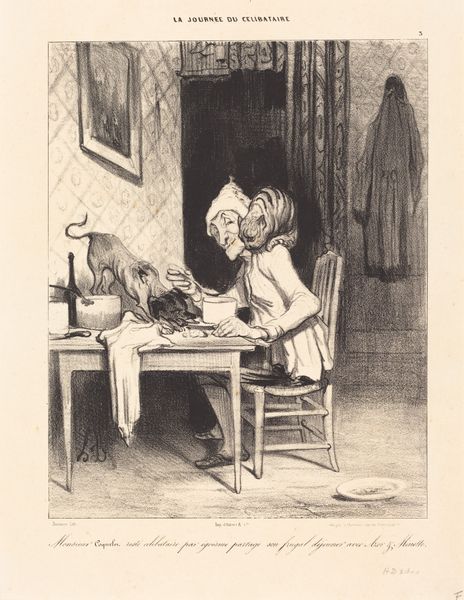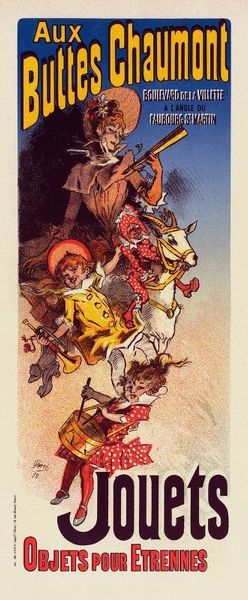
drawing, pen
#
drawing
#
caricature
#
caricature
#
folk-art
#
comic
#
surrealism
#
pen
#
watercolour illustration
#
cartoon style
Copyright: Modern Artists: Artvee
Editor: This is Jack Davis’s cover for Sick Magazine #20, “First Huckleberry Fink Cover,” from 1963. It appears to be made using drawing, pen, and watercolour. It feels pretty satirical, showing this sort of comical and surreal scene in a classroom, with a student being tempted to cheat. What stands out to you when you look at it? Curator: The visual trickery here immediately draws my attention to the means of production. Davis’s skill in pen and ink to delineate these grotesque caricatures is obvious. But the real material question is about Sick Magazine itself. How did its economics shape this aesthetic? The magazine itself would be printed on inexpensive paper; what does that say about disposable, cheap thrills for a mass market? Editor: That's a really interesting point about the magazine's role and reach! So, the material conditions of the magazine itself informed the type of artwork it could present? Curator: Exactly! Davis understood his audience and the print technology. The vibrant watercolors add an alluring splash to otherwise tawdry situations. They hint at luxury goods, but the core here is that his artistic skill—his labor—is put into producing these magazines, which exist for immediate consumption, quickly discarded after being read. How does that compare to a more high-end artwork in this period? Editor: Wow, it reframes it as less of an individual artistic statement and more of a product shaped by and for the masses. Are you suggesting it diminishes its artistic value because it's so linked to commerce? Curator: Not at all. I'm interested in blurring the line between lowbrow and high art by seeing what it says about artistic labor within this specific mode of production, this format of the printed magazine. Consider what's being sold to the consumer. Not just laughs, but social commentary packaged in a consumable, quickly forgotten, form. It becomes more valuable when you interpret that, don't you think? Editor: Absolutely. Now I see it more as a commentary on both popular culture and the art market itself. Thanks for the insight. Curator: It was my pleasure. Think about where materials are from and for. Everything changes, doesn’t it?
Comments
No comments
Be the first to comment and join the conversation on the ultimate creative platform.
